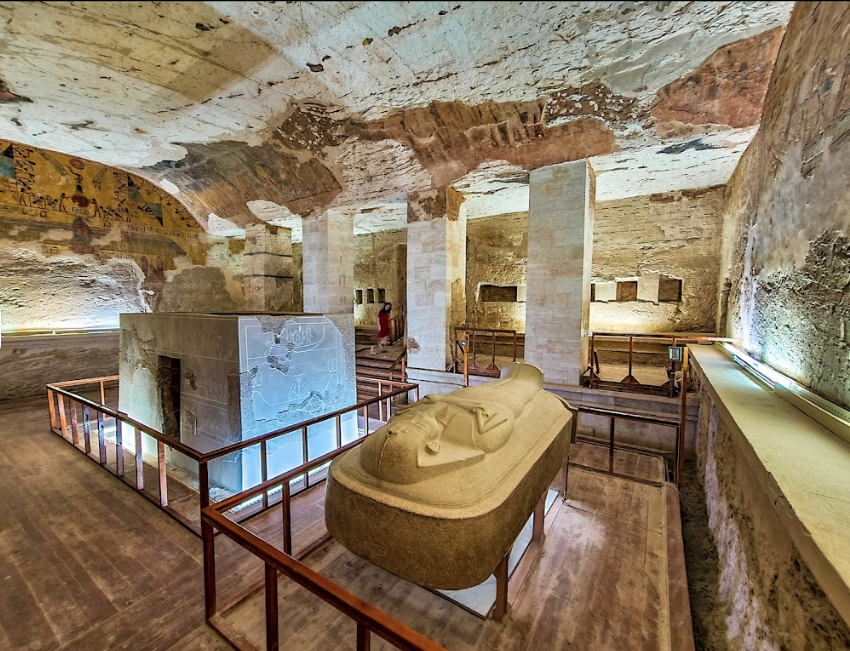CAIRO – 12 June 2022: The Valley of the Kings was a mass tomb in ancient Egypt, where some of the country's greatest rulers, including Tutankhamun, Seti I and Ramses II were buried, in addition to the queens, high priests and other elites of the 18th, 19th and 20th Dynasties. There are more than 60 tombs in the valley.

In 2011, researchers came across another undiscovered tomb in the valley, which they labeled KV64 . It is a small tomb containing the remains of two people. One of them was Nehmes Bastet, an ancient Egyptian priestess who held the office of "chantress." she was the daughter of the high priest of Amun. The identity of the other person is unknown.
It is known that the remains buried in the first tomb were of a female and therefore it is likely that it was a high-ranking priestess or queen. This mystery was solved by Smithsonian Channel's documentary "The Lost Princess of Egypt."
The film's narrator has confirmed how one tomb was "violently desecrated" by grave robbers in search of treasure, while the other body was left untouched. When Egyptologists at the University of Basel came close to finding the answer, they discovered a new window into ancient Egypt's past. Swiss archaeologists working at the site discovered in 2020 that the KV64 tomb had remained untouched for nearly 3,000 years. This means that whoever stole the tomb of the "royal lady" from the 18th Dynasty did so in the time of the ancient Egyptians.
According to the film, the tomb was stolen at the end of the New Kingdom, around 1077 BC. This was the beginning of the Third Intermediate Period.
By 1000 BC, the wealth accumulated in the 18th Dynasty was spent by Akhenaten, Tutankhamun, Smenkhkareand Neferneferuaten. With fortunes running out, a power struggle ensued, and here a new group rose up and challenged the pharaoh: The priests. The pharaohs soon left their capital, Luxor, and moved 360 miles north to the city of Tanis.
"The political situation in Egypt has changed, the economic situation has changed, and there was a new regime in Upper Egypt," said Professor Susanne Bickel, an Egyptologist who works on the Valley of the Kings project at the University of Basel.
“Maybe the royal lady of the cemetery was a victim of this mess, her grave was desecrated in search of a treasure,” said the film’s narrator.
Comments
Leave a Comment